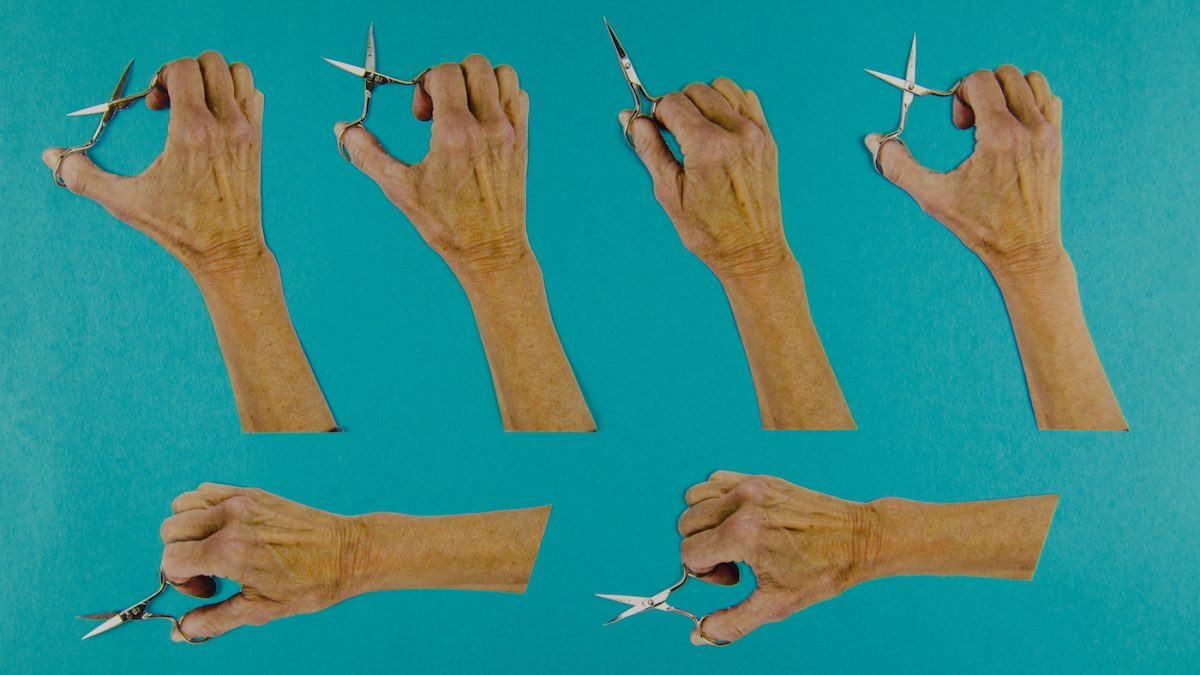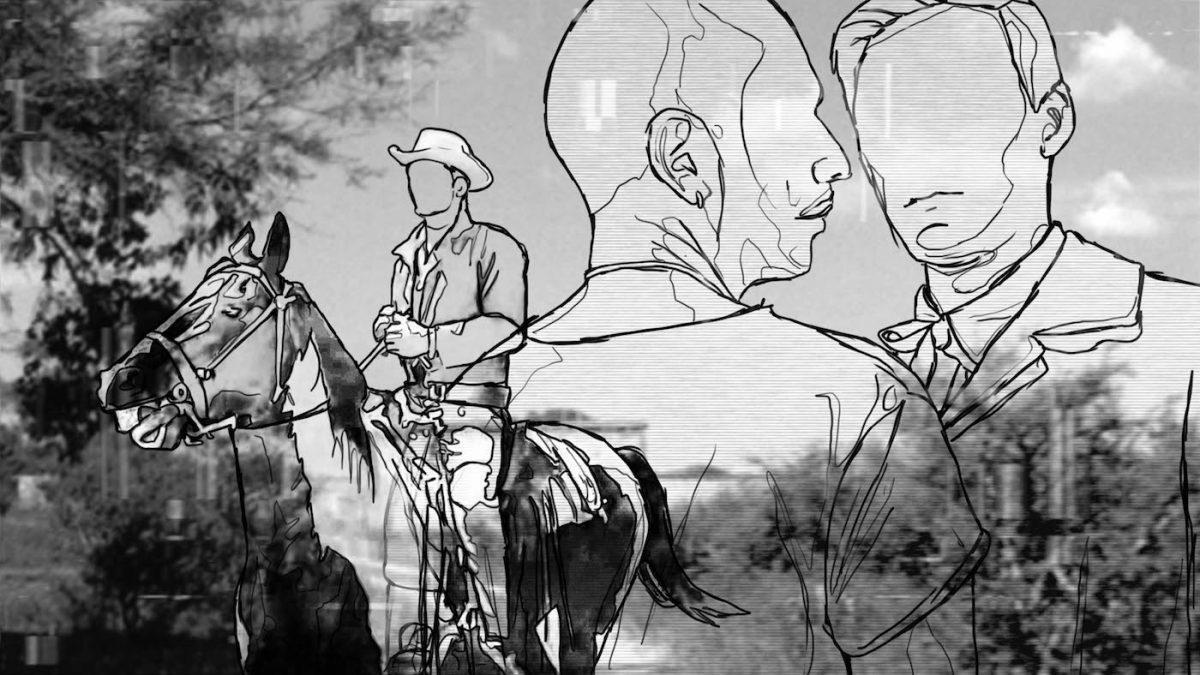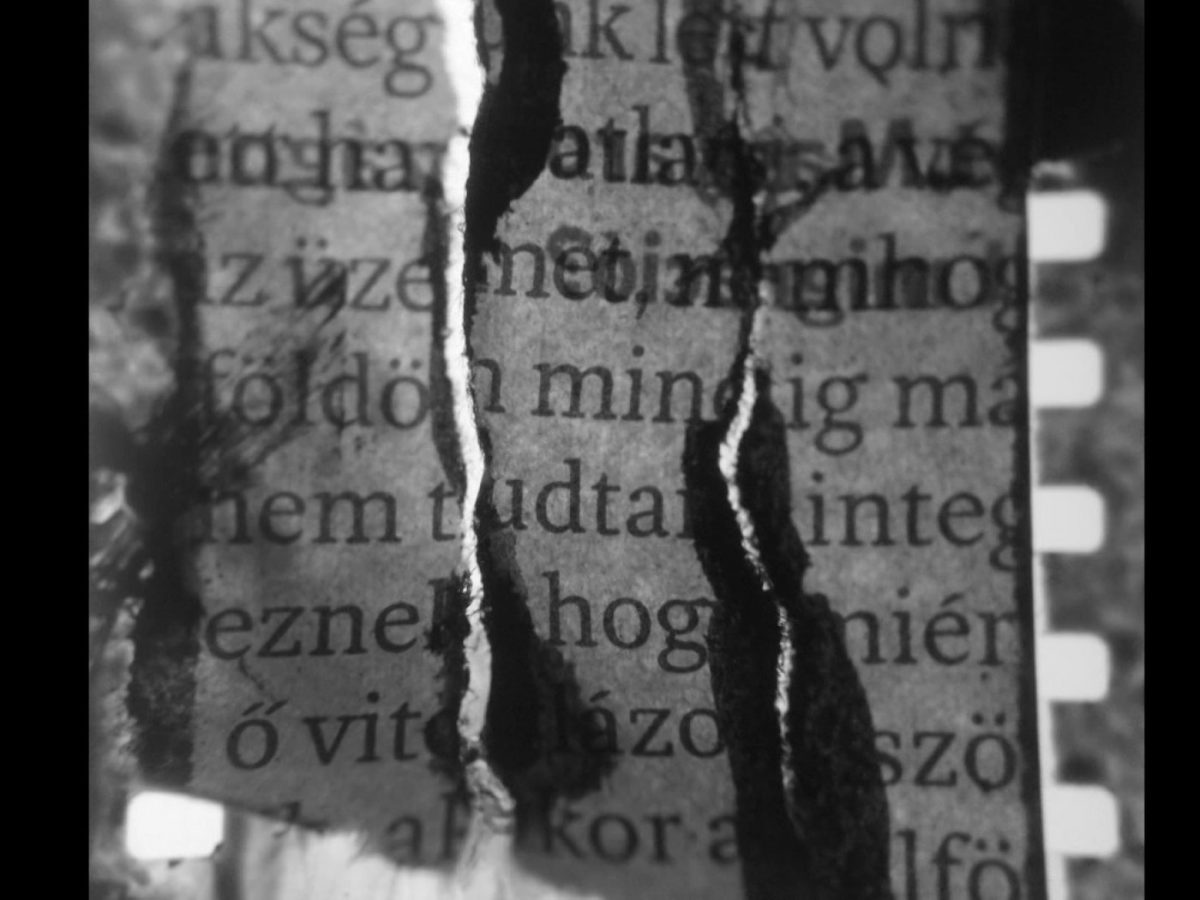Festival of (In)Appropriation #11 (2020) [Online]
Sliding scale admission: $0–25
Please pay what you can; proceeds support our move to a virtual platform!
This showcase will be on view for 24 hours from the listed showtime (PDT).
Northwest Film Forum is SCREENING ONLINE! NWFF’s physical space is temporarily closed in light of public health concerns around COVID-19, but community, dialogue, and education through media arts WILL persist.
• • HOW TO WATCH • •
- Purchase a ticket through Brown Paper Tickets. Registration ends at 6:00pm on April 11.
- Opening night registrants (April 10, 8pm) will receive an email 30 min prior to showtime with a link and password to the program. (Don’t see it? Check your spam filter.)
- Ticket purchases made after 7pm on April 10 will get an email receipt from Brown Paper Tickets containing a link and password for viewing, under “Ticket Details”. (Don’t see it? Check your spam filter.) The password will expire at 8:00pm on April 11.
- If you encounter any issues logging in, please contact louie@nwfilmforum.org for a quick follow-up.
Discussion
** Co-curators Jaimie Baron and Lauren Berliner will be joined by Adam Hyman of LA Filmforum, student curator Mateo Ochoa, and curatorial assistant Noah Shillington to host a Zoom Q&A with filmmakers Kate Lain, Stacey Steers, Duncan Robson, sair goetz, and Kristy Guevara-Flanagan following the screening at 9:30pm PDT on Apr. 10. We will send registrants a link to join the Zoom at 6pm on Friday! **
About
Curators Jaimie Baron, Greg Cohen, and Lauren Berliner present their latest edition of the Festival of (In)appropriation, with this invigorating selection of cutting-edge, moving-image appropriation art. Sponsored by Los Angeles Filmforum, the thrilling 11th edition of the Festival features all the remarkable variety and complexity viewers have come to expect from this pioneering international showcase of found-footage film and video. From elegant exquisite corpses with dark political undertones, to jocular YouTube mash-ups and music-video supercuts; from avant-documentary inquiries into issues that resonate with our #MeToo moment, to masterly celebrations of the craft of collage and hand-made cinema, this new program has something for every experimental cinema sensibility.
The Program:

She Collage
by Kate Lain
(US, digital video, color, sound, 2015, 9:55 min)
She Collage is part response to the work of California-based collage artist Terry Braunstein, part reflection on the practice of art-making. Like Braunstein’s art, the film is itself a collage—in this case, frame-by-frame hand-manipulated images of Braunstein, paper cutout stop motion animation, archival footage, and an assemblage of sounds. (Kate Lain)

The Edge of Alchemy
by Stacey Steers
(US, 35mm transferred to HD video, color, sound, 2017, 19 min)
The actors Mary Pickford and Janet Gaynor are seamlessly appropriated from their early silent features and cast into a surreal epic with an upending of the Frankenstein story and an undercurrent of hive collapse. The third film in a trilogy examining women’s inner world, this handmade film is constructed from over 6,500 collages. Music by Lech Jankowski of the Brothers Quay. (Stacey Steers)
Lorde—Supercut (Supercut)
by Duncan Robson
(US, HD video, color, sound, 2017, 03:44 min)
This unofficial music video for Lorde’s “Supercut” from the 2017 album Melodrama is made from covers found on YouTube and Instagram, revealing the diversity of Lorde’s fans as they earnestly channel themselves through Lorde’s song and the internet. (Duncan Robson)

La Mesa
by Adrián García Gómez
(US, HD video, b/w, sound, 2018, 9:45 min)
La Mesa explores the intersections of memory, identity and queer desire. It recreates fragmented and romanticized stories of a childhood in rural Mexico as told by the filmmaker’s father. These disjointed vignettes are interwoven with queered reenactments of scenes from popular culture. The filmmaker casts himself in the old Mexican films and American Westerns he grew up watching with his family in California. He appears as the romantic lead opposite the male actors, including Pedro Infante, Mexican national hero and the filmmaker’s childhood crush. The animations are laid over footage of the old family home in Mexico which now sits alone, slowly being consumed by the surrounding countryside. By centering queer desire in his family’s history, the filmmaker validates his childhood experiences while challenging popular representations of masculinity as well as traditional notions of power and vulnerability. (Adrián García Gómez)
Am I Pretty?
by Jennifer Proctor
(US, HD video, sound, color, 2017, 10 min)
A visually silent film appropriating audio from YouTube videos uploaded by tween and teen girls primarily in 2012 as part of a meme. In these videos, the young women entreat viewers to evaluate whether or not they are pretty and post their responses in the comments. Am I Pretty? seeks to call attention to the act of spectatorship invoked in these videos, and what results when the visual basis for judgment is withheld – an acousmatic reduction through the denial of the promised image. (Jennifer Proctor)
Mark Zuckerberg’s Dog
by Hawk Martha
(US, HD video, color, sound, 2018, 1:34 min)
A very serious critique of capitalism centered on the canine-in-chief of Facebook. (Jaimie Baron)
Light Plays
by Anne-Marie Bouchard
(Canada, 16mm transferred to HD video, color, sound, 2017, 7:17 min)
Old footage from 16mm film is scratched, drawn upon, experimentally animated with a quantum dots solution. The film seems at first about sound, the moon, and exotic birds, but it is also about narration, experimentation, and playfulness. (Anne-Marie Bouchard)

8th October 2016
by Péter Lichter
(Hungary, 35mm transferred to HD video, b/w, sound, 2017, 2 min)
The title of the film is the date on which the editorial staff of Hungary’s largest opposition newspaper, Népszabadság, was fired. The filmmaker tore up copies of that day’s issue, layered them, and then turned them into an urgent collage expressing his yearning for the free expression of opposition viewpoints. The visible edges of the film emphasize the impossibility of presenting information in a complete context. (Péter Lichter)
What Happened to Her
by Kristy Guevara-Flanagan
(US, HD video, color, sound, 2016, 14 min)
What Happened to Her is a forensic exploration of our cultural obsession with images of the dead woman on screen. Interspersing found footage from films and police procedural television shows and one actor’s experience of playing the part of a corpse, the film offers a meditative critique on the trope of the dead female body. The visual narrative of the genre, one reinforced through its intense and pervasive repetition, is revealed as a highly structured pageant. Concurrently, the experience of physical invasion and exploitation voiced by the actor pierce the fabric of the screened fantasy. The result is recurring and magnetic film cliché laid bare. (Kristy Guevara-Flanagan)
me and my army
by sair goetz
(US, HD video, color, sound, 2017, 9 min)
me and my army re-imagines the experiences of the actress Adrienne Corri—most famous for her role as a rape victim in Stanley Kubrick’s A Clockwork Orange—as feminist performance art. (sair goetz)